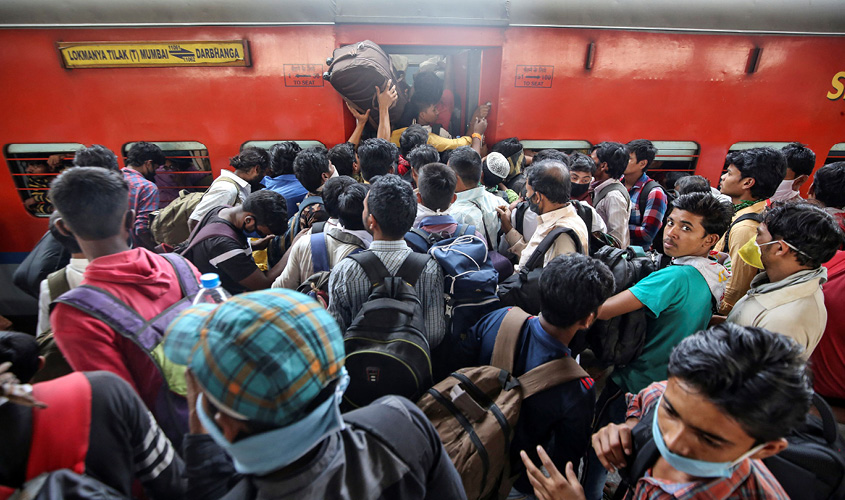‘Reduced passengers in Rajdhani, Shatabdi and Duronto is indicative of falling popularity of these premium trains’.
NEW DELHI: More than 28 lakh berths, about 14% of total berths, remained vacant in the last 10 months in Rajdhani, Shatabdi and Duronto trains, which have flexi fare system.
According to figures of the Ministry of Railways, 28.93 lakh berths remained vacant from 1 July 2019 to 29 February 2020. Thus, average occupancy of flexi trains for this period was 86.30 %. Thus, there was vacancy of about 14%. The Ministry of Railways had launched the flexi-fare system in September 2016, which led to an increase in fares up to 50%. Under this system, the fare increases from 10% to 50% with every 10% of the berths booked.
Sources said this reduction in the number of passengers in these trains is indicative of the decreasing popularity of these trains, which may be due to multiple reasons. However, officials argue that the two months in this period are considered to be a lean period and, therefore, the number of vacant berths.
They also claim that the number of passengers booked in the trains having flexi fare, registered an increase of 0.95% for the period September 2016 to August 2018 compared to corresponding period of previous years (two full years of non flexi fare period).
The officials also claim that the overall occupancy of Rajdhani, Shatabdi and Duronto trains has registered a continuous increase since the flexi fare system was introduced. While the occupancy was 81.36% in 2016-17, it was 83.56% in 2017-18 and 86.53% in 2018-19.
A committee was formed to review the flexi-fare system which went through the impact of implementation of the system in terms of revenue generated, impact on passengers in terms of their choice of the railways as a means of transport with increased fare. However, the committee favoured continuation of the system. Based on its recommendations and other representations, the flexi fare scheme in Rajdhani, Shatabdi and Duronto trains was rationalised from 15 November 2018. Accordingly, the flexi fare scheme was discontinued from 15 trains for full year and from 32 trains during pre-defined lean period of three months—February, March and August. The Ministry also reduced the maximum cap of the scheme to 1.4 times in all flexi fare applicable classes. Also, graded discount has been introduced in flexi fare trains, where class-wise occupancy is less than 60%. Senior citizens, male/transgenders of 60 years of age and above and female senior citizens of age 58 years and above are already entitled for concession in the basic fare in all classes of the three types of trains. The element of concession is 50% for female senior citizens and 40% for male/transgender senior citizens.
Orthopaedically handicapped/ paraplegic persons who cannot travel without an escort, mentally retarded persons who cannot travel without an escort and persons with visual impairment with total absence of sight are also eligible for 25% concession on the basic fare in 3AC and AC Chair Car of Rajdhani/Shatabdi trains. There is no proposal to further extend concession to patients in Rajdhani, Shatabdi and Duronto trains.
Sources said though the premium train passengers account for only 0.35 % of the total passengers carried by the railways in a year, their share in passenger revenues is 13-14%. “There are only 70 premium trains out of 3,000, in which flexi-fare system is operational. So a large number of population is unaffected by it,” a source said.

